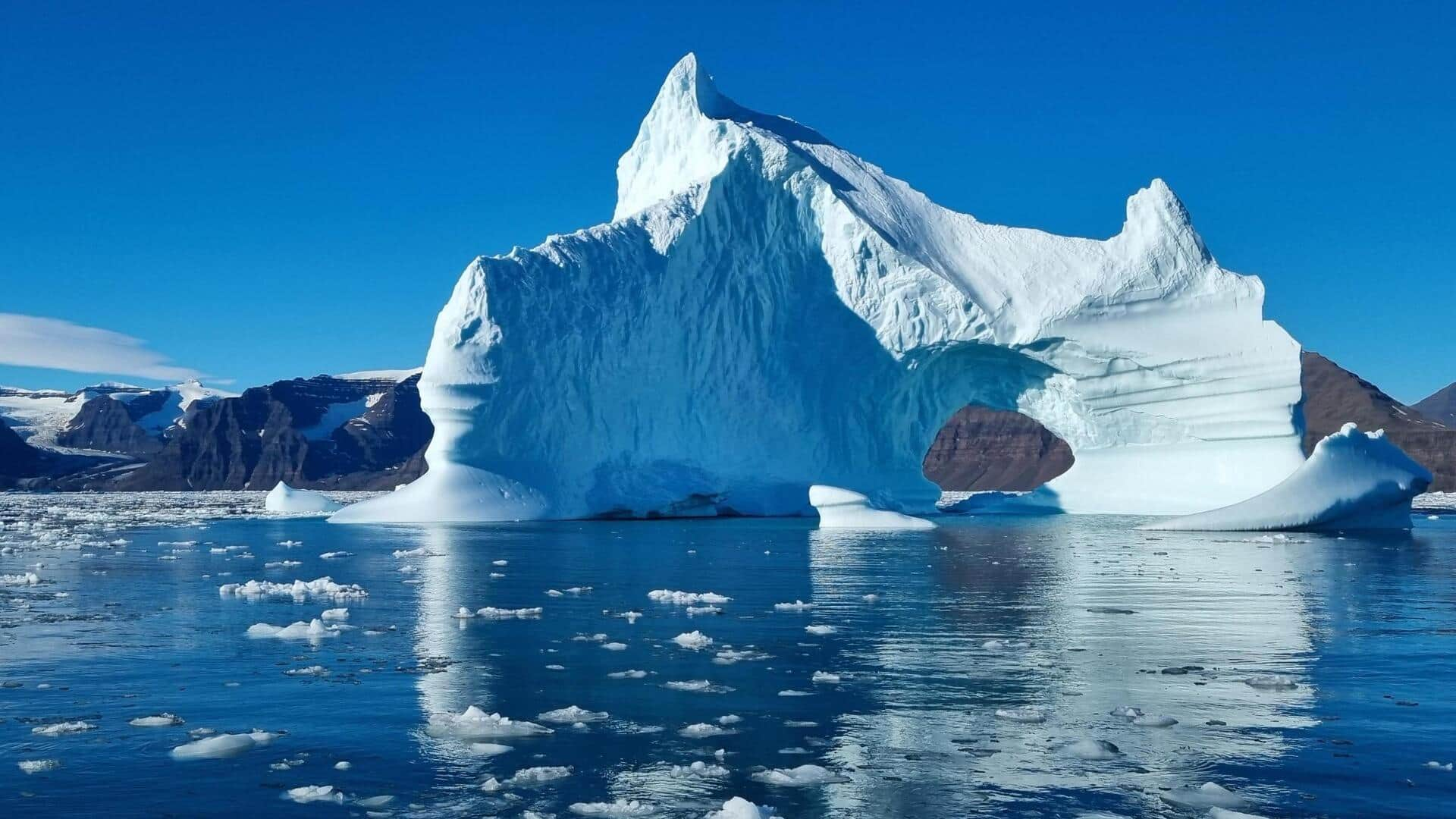
Arctic experienced hottest summer on record this year
What's the story
The Arctic experienced its hottest summer on record this year, with temperatures reaching their highest point since 1900, according to the National Oceanic and Atmospheric Administration (NOAA). This rapid warming, caused by human-induced climate change, has led to extreme wildfires and melting glaciers. The report emphasizes that the effects of Arctic warming extend beyond the region. Loss of land ice leads to rising sea levels that pose a threat to housing, transportation, and businesses along coastal cities.
Figures
Overall, it was Arctic's sixth-warmest year
The summer average temperature in the Arctic was the warmest on record at 6.4 Celsius. The Arctic's average surface air temperature this year was the sixth warmest since 1900, at -7 degrees Celsius. Data reveals that since 1940, the annual average temperatures have increased 0.25 degree Celsius per decade and average summer temperatures have risen 0.17 degree Celsius per decade.
Details
Extreme wildfires and ice sheet losses
NOAA states that increased warming in parts of northern Canada and the Canadian Arctic Archipelago, combined with below-average precipitation, resulted in a severe wildfire season. Greenland's ice sheet lost a staggering 158.7 billion metric tons of mass, continuing a trend that began in 1998. This year's loss was below the 22-year average due to heavy snowfall. Meanwhile, Summit Station, the highest point on the ice sheet, experienced melting for only the fifth time in its 34-year history.
Official words
Precipitation records broken across different parts of Arctic
This year, the North American snow cover experienced a record low in May. Meanwhile, snow accumulation during the 2022-2023 winter was above average in both North America and Eurasia. Precipitation also broke records across different parts of the Arctic, in line with the trends of a wetter Arctic. "Irreversible climate harms caused by an overheating Arctic will continue to reverberate across North America and Eurasia," said Brenda Ekwurzel, Director of Climate Science at the Union of Concerned Scientists.
Insights
Arctic greening
The report also provides "unequivocal evidence of Arctic greening" as warmer temperatures, increased precipitation, and melting permafrost lead to shrubs and trees replacing grasslands and tundra. This year saw more greening in North American tundra and less in the Eurasian Arctic. The "peak tundra greenness" in the Arctic reached its third-highest level in 24 years of research. This greening could potentially accelerate climate change by releasing large amounts of carbon dioxide stored in the permafrost.